Lips for T-Rex
17.10.2023 10:47
2559 views
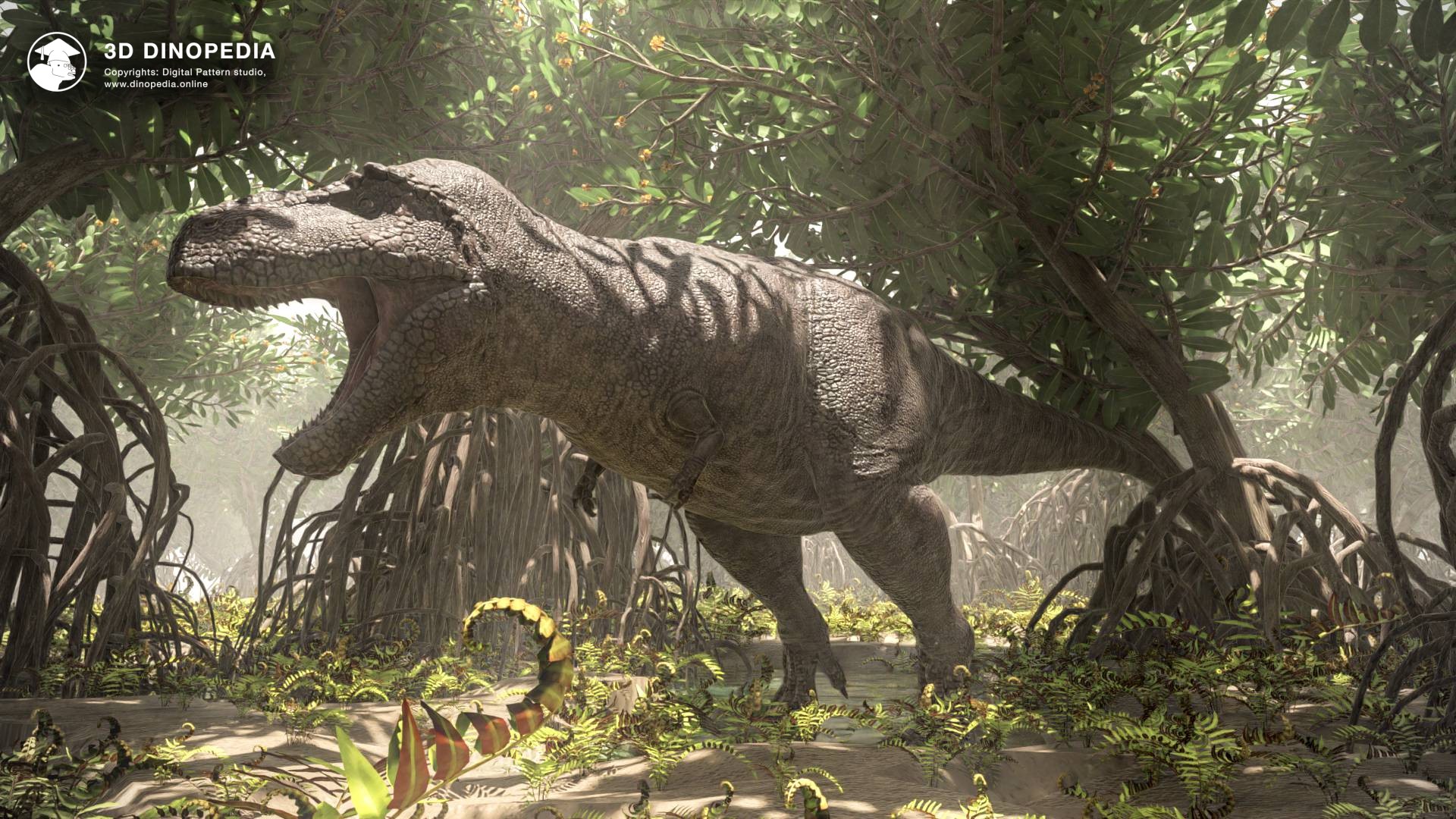
Each of us has dreamt of seeing a real dinosaur. Unfortunately, scientists have yet to invent a time machine, and we do not have the ability to travel back and see the ancient world with our own eyes. And "Jurassic Park" also remains a fiction. However, thanks to 3D visualization, we have the opportunity to at least virtually immerse ourselves in the ancient world and see what ancient animals looked like. But the problem is that we would like to see a "real dinosaur." And any 3D model - to a greater or lesser extent - is a product of an artist’s imagination. So, what to do? Of course, turn to paleontologists for help. Of course, they do not know all the details of the structure of real dinosaurs, but every year they learn something new, and scientifically verified data becomes more, which means that reconstructed 3D models of ancient animals become increasingly reliable.
One of the excellent models for studying ancient animals is the famous predator tyrannosaurus rex (Tyrannosaurus rex). There are many reasons for this: it is popular, has a unique appearance, impressive size. But, perhaps, the main thing is a large amount of fossil material, because currently, more than 50 skeletons of this dinosaur are known! It is thanks to the tyrannosaur that we learn about many features characteristic of all dinosaurs.
Let's try to figure out what exactly the tyrannosaur looked like. And for this, we will look at the details. Because sometimes even some small thing can quite significantly change our perception. For example, a few months ago, scientists announced that the tyrannosaur had lips. At first glance, this seems like complete nonsense - the imagination immediately draws a tyrannosaur taking a selfie and puckering its lips. But of course, the conversation is not about soft lips, like mammals, but about the hard lips of reptiles. Such lips cannot move actively; they cannot “smile” or “be sad”; in other words, facial expressions are not available to reptiles. But these lips perform an important function - they cover the teeth. Remember the portraits of a nimble lizard or a monitor lizard - you will not see their teeth, as they are hidden under their lips. And in this respect, the tyrannosaur is no worse!
However, more often tyrannosaurs and other dinosaurs are depicted with teeth sticking out in all directions, i.e., without lips. And the reason here is obvious - a crocodile is used as a model. Crocodiles and birds are the closest modern relatives of dinosaurs. But birds do not have lips (obviously), and neither do crocodiles! It is not surprising that a "toothy" version is used as a sample of appearance.
But what if the crocodile is not the best "standard"? What if there were lips after all? A team of paleontologists, led by Thomas Cullen from the Alabama Polytechnic University, posed this question. Only "stone lips" could definitely solve this question, but scientists do not yet have such a sample. But they do have a skull and, importantly, teeth.
We invite you to compare, along with Thomas Cullen, two versions of the "lipped" and "lipless" Tyrannosaurus rex and try to figure out which one is more accurate. One argument, namely the kinship of the Tyrannosaurus and the crocodile, points in favor of the "lipless" rex. Well, let’s give one virtual point to the "lipless" one.
Comparing the skulls of the monitor lizard and the crocodile, paleontologists noticed an important difference. The crocodile had many holes all over its snout, while the monitor lizard had holes only along the bottom edge of the skull, along the tooth row. Through these holes, nerves and blood vessels passed during the animal's life. The reason for the different positions of the holes lies in the different structure of the snout itself. The crocodile has a special system of organs that allows river reptiles to sense the slightest water vibrations. These sensitive natural "sensors" allow crocodiles to hunt aquatic animals. Nerves and blood vessels go to each such "sensor," and they leave traces all over the animal's snout. The small number of holes along the teeth of the monitor lizard are traces of nerves and vessels going to the lips. And what about the Tyrannosaurus? It has holes in its skull, but only along the tooth row. So, are the holes from the nerves going... to the lips? Let’s not jump to conclusions, but let's give one point to the "lipped" rex. So we have a score of 1:1.
Now let’s focus on the teeth. Surely you’ve heard that a special layer, called enamel, covers the top of each tooth. This layer is very strong, but "capricious" - it requires constant moisture, otherwise, it begins to crack. Crocodile teeth are moistened in water. But those animals that walk on land moisten the enamel with saliva. And for the saliva not to leak out, lips are present. According to this logic, the Tyrannosaurus rex definitely should have lips, since it's not an aquatic creature! And a new study merely confirmed this hypothesis. Crocodiles have thick tooth enamel, and, even despite being in the water, it gets damaged. Monitor lizards have thin, intact enamel. And so do Tyrannosaurus rexes! So, we can give the second point to the "lipped". A leader is emerging.
Some critics may be outraged: how can dinosaurs have lips when they have such huge teeth! To refute this argument, a team of American paleontologists looked at the most "toothy" monitors (a type of lizard). Of course, their teeth are much smaller than those of dinosaurs, but relative to the size of the head, they look quite formidable. If we mentally enlarge these lizards to ten meters, we get a quite respectable dinosaur. And it will have lips in place. Therefore, large teeth for big lips are not a hindrance. Another point in favor of the "lippy" theory. So, we have a score of 3:1, definitely in favor of a "Tyrannosaurus with lips."
So, it's time to change all drawings and models of dinosaurs, giving the Tyrannosaurus some lizard features. This is what the "3D Dinopedia" team did, recently updating the Tyrannosaurus model and, among other things, adding lips to it. In our opinion, it suits him; what about yours?
You can find more detailed information about the famous Tyrannosaurus rex and other dinosaurs in the dinosaur card in the "3D Dinopedia: Paleontology" app. We also recommend checking out the 3D models of skin, muscles, and skeletons!
You can read more about the research of American paleontologists in the scientific article in the journal Science: Cullen T.M. et al. Theropod dinosaur facial reconstruction and the importance of soft tissues in paleobiology // Science, Vol 379, Issue 6639, pp. 1348-1352. 2023.
Discussions
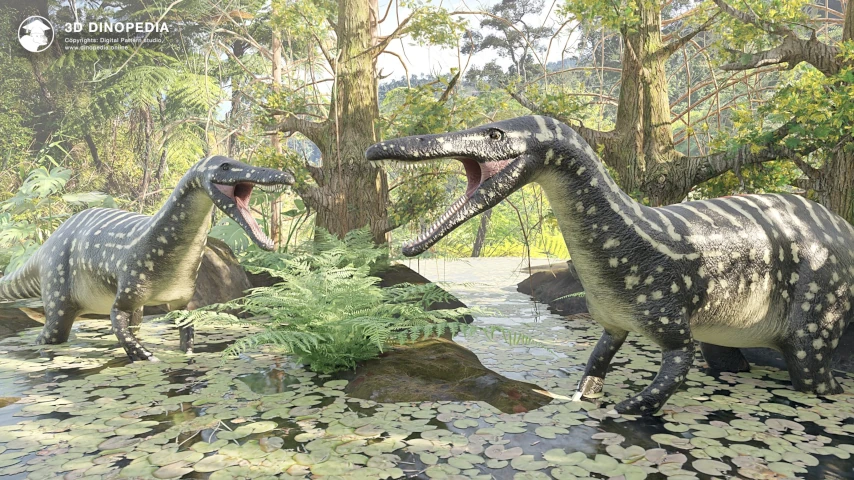
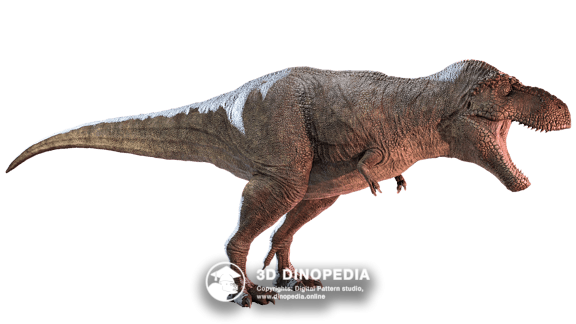
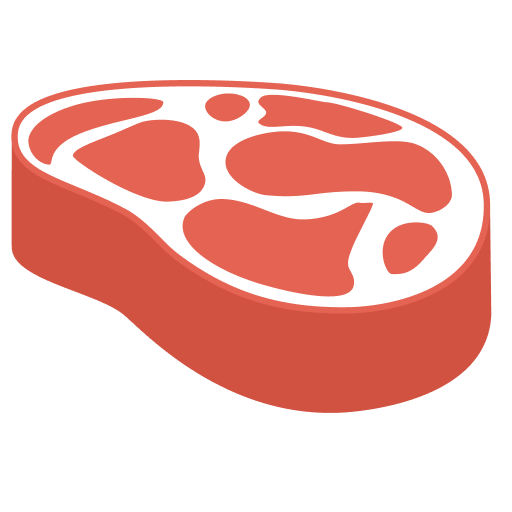

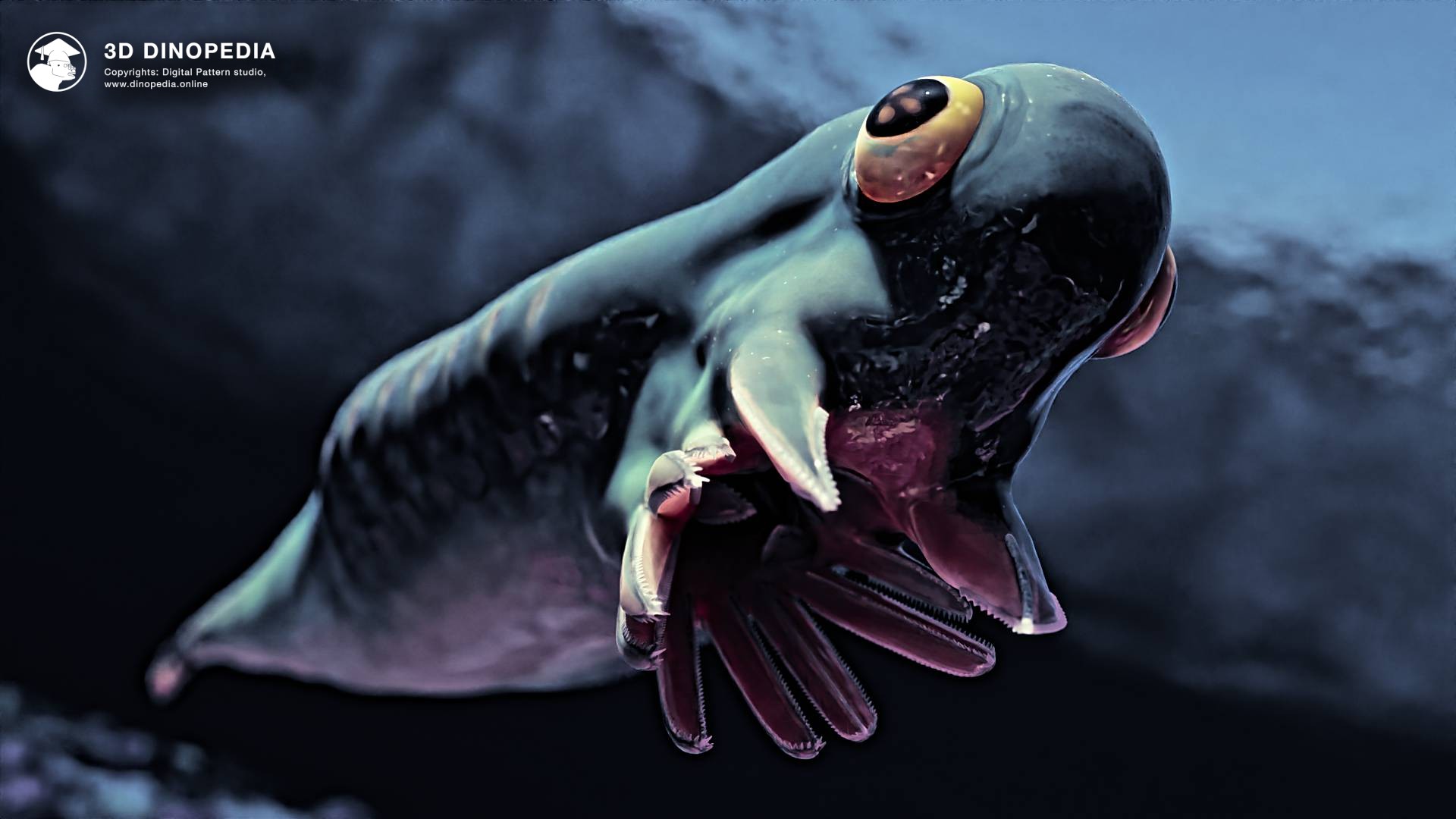


{{ count }} comments
You must login to write a comment